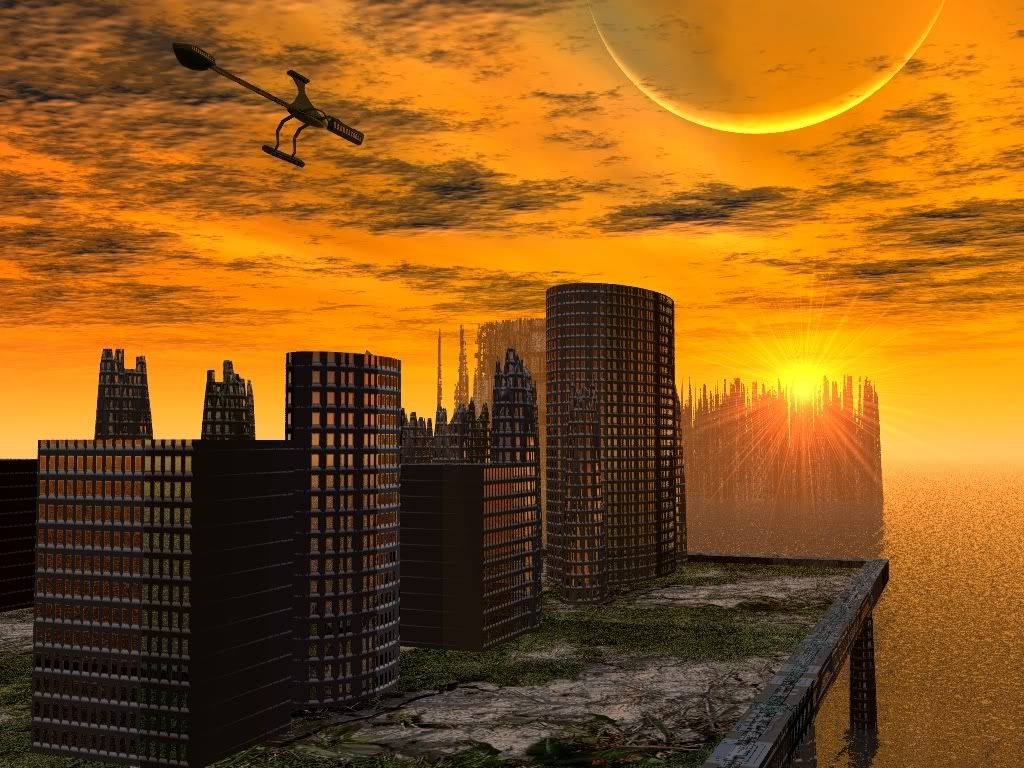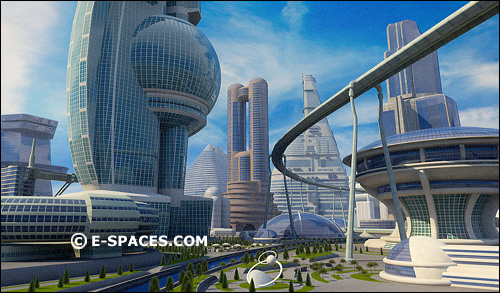Mecca is the holiest of cities in Islam. In 2008, the yearly Hajj pilgrimage attracted two to three million people to the city. This pilgrimage is part of the Five Pillars of Islam, and is required of any capable Muslim at least once in their life. Saudi law forbids non-Muslims to enter Mecca.
The history of Mecca is old, old, old, with the first story coming from a pre-Islamic legend. The tale tells of Adam and Eve being cast out of Paradise, with Adam landing in what is now Sri Lanka and Eve landing in Arabia. They wandered for 200 years before finally reuniting on Mt. Arafat near Mecca. God eventually allowed Adam to build a shrine, and the legend states that he was buried in what is now Mecca.
Perhaps a more accurate historical account begins in 2,000 BC when Abraham and his son Ishmael built the Kaaba, a cube-shaped building in Mecca and now the most sacred of all sites in Islam. The Kaaba is the place that all Muslims face during their prayers, no matter where they are in the world.
The prophet Muhammad was born in Mecca in 570. In 630 he took control of the city, destroyed 360 pagan idols, declared the city a place of Muslim pilgrimage and dedicated it to the worship of only Allah, thus forming the Islam faith.
Lhasa, Tibet
Lhasa literally translates to “place of the gods.” The city was the home of the Dalai Lamas, political leaders of Tibet and religious leaders of Tibetan Buddhism, from the 1600’s until the Chinese invaded and the 14th Dalai Lama fled into exile in 1959. Today you’ll find the Tibetans a minority of the population compared to the Chinese.
Lhasa has many sites that are of historical significance including Jokhang Temple, Norbulingka and the Potala Palace, which are all UNESCO World Heritage Sites; and Sera and Drepung Monasteries, and Zhefeng Temple.
Over one million people go to Tibet each year. You’ll often see the devout pilgrims in Lhasa kneeling or lying prone with their foreheads on the ground. These pilgrims will be trying to gain spiritual merit by following one of the three concentric pathways that go inside or around Johkhang Temple.
Bethlehem
This small town of 30,000 people is located six miles outside of Jerusalem and is thought to be the birthplace of Jesus by most Christians. It is home to one of the largest Palestinian Christian communities, even though it is primarily a Muslim city.
History abounds in this almost 2,000-year-old city. It is the birthplace of David and the location where he was crowned king of Israel. Records show that over the centuries it has been attacked and conquered many times by many people - the Romans, Samaritans, Muslim armies, Crusaders, the Sultan of Egypt and Syria, Ottomans, and the British during WWI. Most recently it was occupied by Israeli troops. Currently, it is controlled by the Palestinian National Authority.
The city is most renowned for the biblical story surrounding Jesus. Two different accounts in the New Testament mention Bethlehem as the place of his birth, but modern day scholars question the accuracy of this. Regardless, Christian pilgrims flock to the city especially at Christmas and Easter, to see the Church of the Nativity, which is thought to mark the place of Christ’s birth, and to be one of the oldest churches in the world.
Varanasi, India
Located in northern India, Varanasi is a holy place for Hindus, Buddhists and Jains. According to legend the city was started by the Hindu deity Lord Shiva and is the most sacred place of all of the seven sacred cities of Hindu. But, if you look at historical records Varanasi was probably founded about 3,000 years ago as an industrial center for muslin and silk fabrics, perfumes and ivory.
Over one million pilgrims visit the city each year. Hindus believe that bathing in the Ganges River forgives sin and that dying in this area ensures the release of a person’s soul. There are about 100 ghats (a series of steps leading down to the river) in the city. Many are privately owned and most are used for bathing, cremation or disposal of partially burned corpses. Friends from India report that the water is pretty dirty, so you might want to think twice before you attempt a bathing experience.
Varanasi is also one of four important Buddhist pilgrimage sites appointed by Guatama Buddha. He is said to have given his first sermon on the basic principles of Buddhism here.
The main attraction in the city is the ghats, but there are also many temples to see. Over the centuries the temples in the city have been destroyed numerous times by invading Muslims, who then used the materials to build mosques. There is still some racial tension in the city today.


































 The Myrtles Plantation
The Myrtles Plantation The Tower of London. Photo: Jeff Thomas
The Tower of London. Photo: Jeff Thomas











